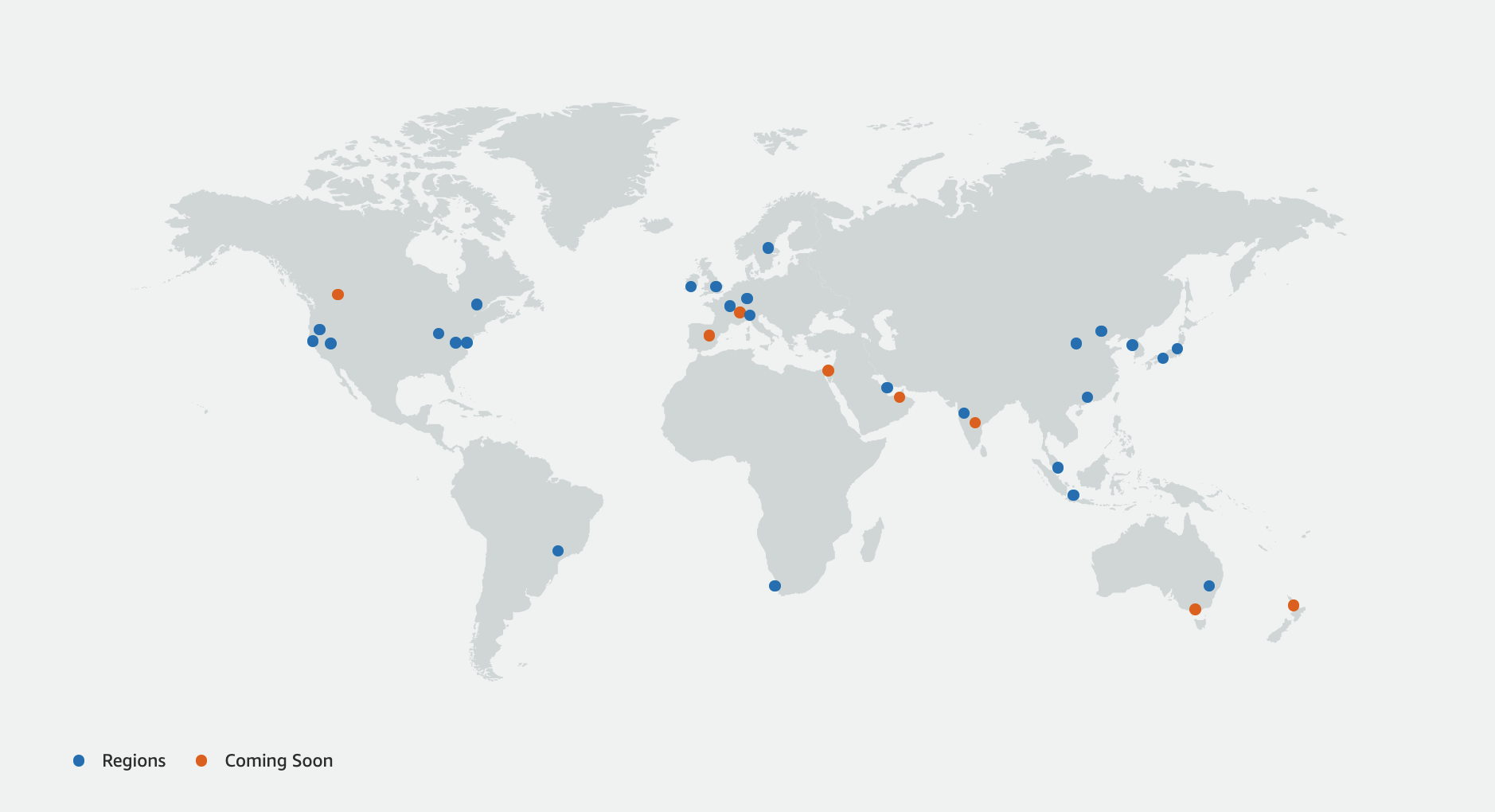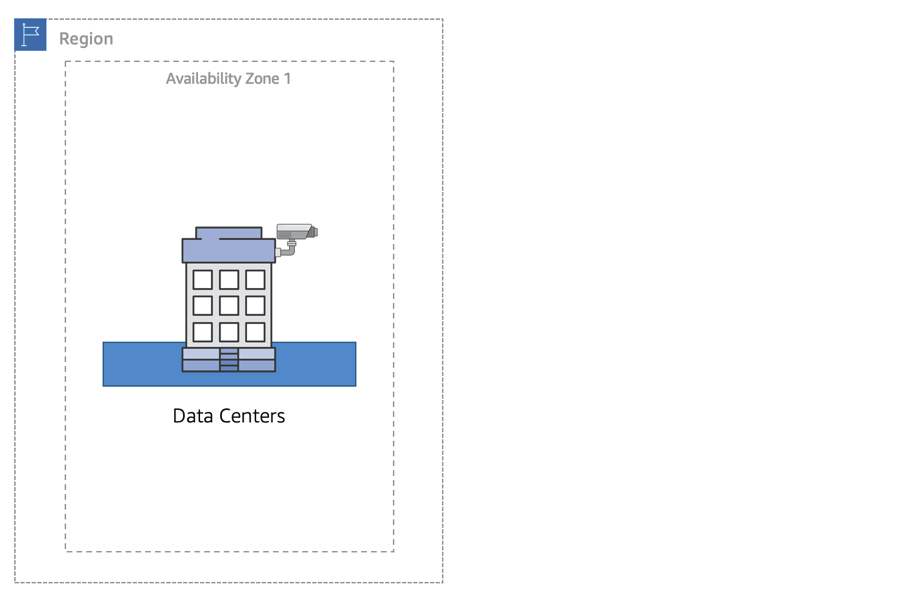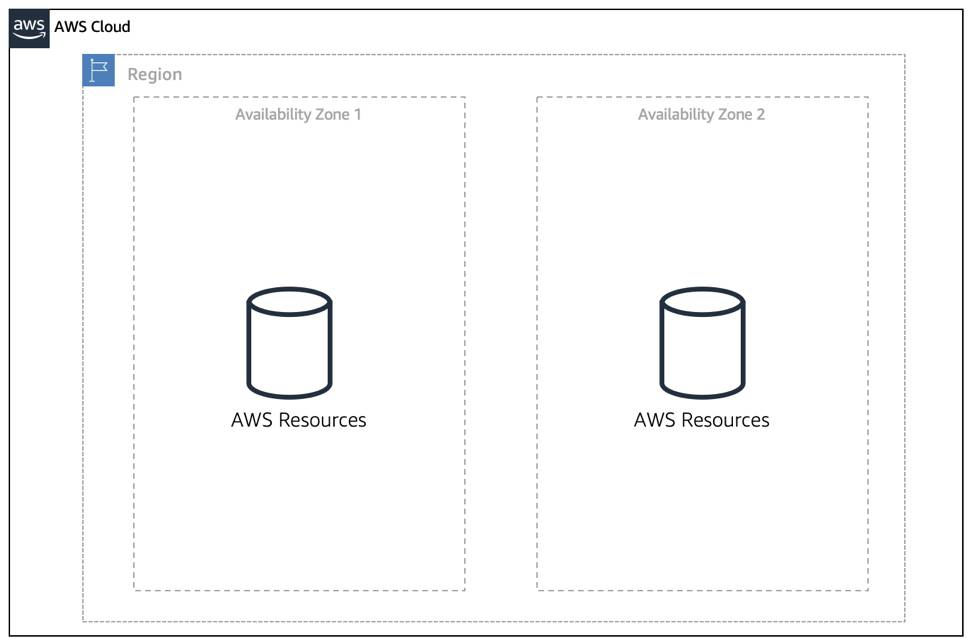
Reach your personal and professional goals
Unlock access to hundreds of expert online courses and degrees from top universities and educators to gain accredited qualifications and professional CV-building certificates.
Join over 18 million learners to launch, switch or build upon your career, all at your own pace, across a wide range of topic areas.

 Regions are geographic locations worldwide where AWS hosts its data centers. AWS Regions are named after the location where they reside. For example, in the United States, there is a Region in Northern Virginia called the Northern Virginia Region and a Region in Oregon called the Oregon Region. There are Regions in Asia Pacific, Canada, Europe, the Middle East, and South America, and AWS continues to expand to meet the needs of its customers.
Regions are geographic locations worldwide where AWS hosts its data centers. AWS Regions are named after the location where they reside. For example, in the United States, there is a Region in Northern Virginia called the Northern Virginia Region and a Region in Oregon called the Oregon Region. There are Regions in Asia Pacific, Canada, Europe, the Middle East, and South America, and AWS continues to expand to meet the needs of its customers.










